Nervous Ether
INFLATABLES WORKSHOP: PROTOTYPE DEVELOPMENT AND EXHIBITION
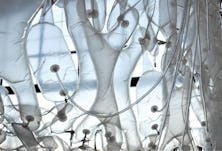
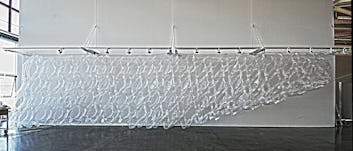

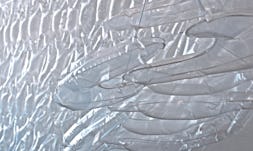




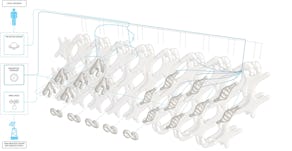
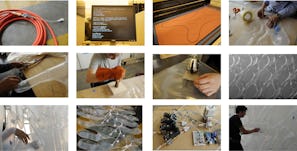
Nervous Ether is an installation that is developed as a full-scale responsive physical environment consisting of a cellular pneumatic skin, operating as an instrument to register and communicate remote environmental information while also generating specific sensations and effects within the immediate (inhabitable) environment. It aims to lever the agency of air and information to spatially and physically materialize the immaterial into a palpable and sensate environment.
The topology of Nervous Ether is developed through a tessellated array of tetrahedral forms, defined through the constraints of material behavior (polyethylene film under air pressure), manufacturing (laser contour welding bed dimensions) and aggregation. Two pneumatically interconnected layers of cellular cushions intertwine to create a membrane structure that is hung and tensioned within the space. The tessellated weave is inflated to a constant air pressure.
The weave forms an open framework supporting a number of actuatable membrane components that are integrated with the structure and air supply. Three types of responsive components are developed through iterative physical prototyping and testing: palpitating-cells and S-cells, which respond based on a translation of live weather station inputs of barometric pressure and wind speed, respectively; and wing-cells which respond to local proximity sensors, opening and fluttering when visitors approach the installation.
Nervous Ether was developed by RVTR through the 333 Summer Studio at the California College of the Arts in San Francisco in August 2013.